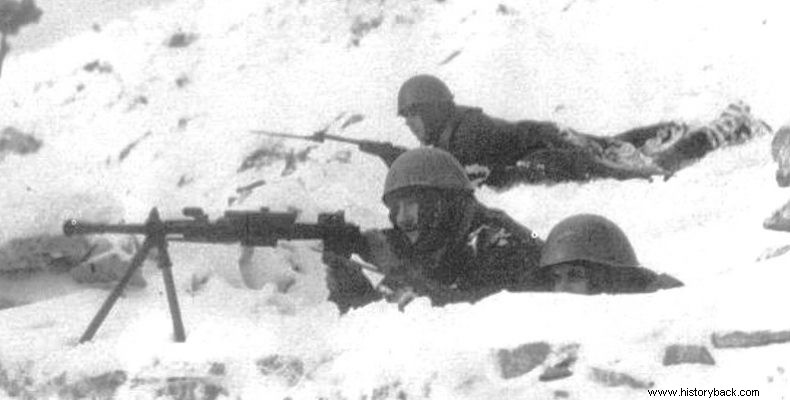
The first minutes, the first hours of the Italian invasion at dawn on October 28, 1940, the days that followed, were written in indelible letters for the villages of Epirus, on the Greek-Albanian border. In the book-document, "REPORTS OF THE DAMAGE CAUSED THROUGHOUT THE CONTINENT FROM THE DECLARATION OF THE GREEK-ITALIAN WAR (28-10-40) UNTIL THE FINAL LIBERATION OF OCTOBER 1944", of the Continental Society of Athens, a gloomy situation is depicted that the residents experienced of the villages from the hostile behavior of the invaders.
All the facts that are presented in detail in the book, are what was recorded by the special committee that was established on May 31, 1945 by decision of the cabinet, during a trip to the villages of Epirus in July of the same year. The memories were fresh. The wounds had not closed. The inhabitants of the villages of Konitsa lived minute by minute the Epic of 1940. They were waiting for the invasion. Some hid in the woods or followed the paths to reach Zagorochoria. They left their homes, their belongings, their animals in the hands of the conquerors. Those who did not manage to leave lived a nightmare and were kidnapped as hostages during the retreat of the Italian troops after the great Greek counter-offensive. The town of Konitsa and its 26 villages were tested. Typical are the cases of some villages, which are mentioned in the Report with the names they had before 1953.
Strciani-Pyrgos in the Sarantaporos valley
On October 28, 1940, the Italians, led by an Albanian, invaded Straciani, where they remained for 3 days looting. On November 11, the village was bombed by Italian planes, as a result of which 8 people lost their lives, 7 were wounded, while 7 houses and the School were destroyed. 28 houses and 2 shops were damaged. During their stay in Stratsiani, in May 1943, the Italians "brutally attacked the population, and Georgios Panousis died suddenly. Two residents of the village were kidnapped as hostages, returning after six months, from Italy".
Peklari - Konitsa spring, on the western slopes of Smolika
During the invasion, the Italians bombed the village and destroyed 10 houses. "Reinforced by Albanian miscreants, they looted. 1500 sheep and goats, 15 plowing oxen and 17 horses and half-horses were kidnapped in Albania". During the retreat the Italians took 6 hostages who returned after 6 months.
Sanovon- Aetopetra, a mountain village in the Aoos Valley next to the Greek-Albanian border
With the declaration of war, Italians accompanied by Albanian miscreants invaded the settlement. The Albanians looted and beat them. Most of the inhabitants fled, leaving everything at the disposal of the raiders and returned after a week. During their retreat, the Italians took with them 180 inhabitants as hostages up to Premeti. There, many escaped, some were taken to Shkodra, Albania, and others to Italy where they remained until July 1941, when they were allowed to return to Epirus.
Countryside in the Sarantaporou Valley
On November 8, 1940, the retreating Italians rounded up all the residents and took them to the School. They kept them there for 10 days. During this time, they looted the village. As the Greek Army approached, they released most of them, but took 42 hostages with them and set fire to 12 houses. Of the kidnapped hostages, Vasiliki Stavrou and Apostolos Tsamis died.
The letter to the Army General Staff, 31-5-1945
The former Minister of Education D. Balanos says:"We have the honor to announce to you, that by the decision of the Council of Ministers, a Committee has been set up, which will pass through Epirus to ascertain the damages caused there during the last five years.
The members of the Commission are:
Vasilios Melas Lieutenant General
Vassilios Voilas doctor
Nikolaos Georgiadis Director of Piraeus Bank
Ioannis Trikkalinos University Professor.
Therefore, we ask you, as agreed after the above gentlemen, to provide the means for the fulfillment of the above purpose....”
APE-ME
